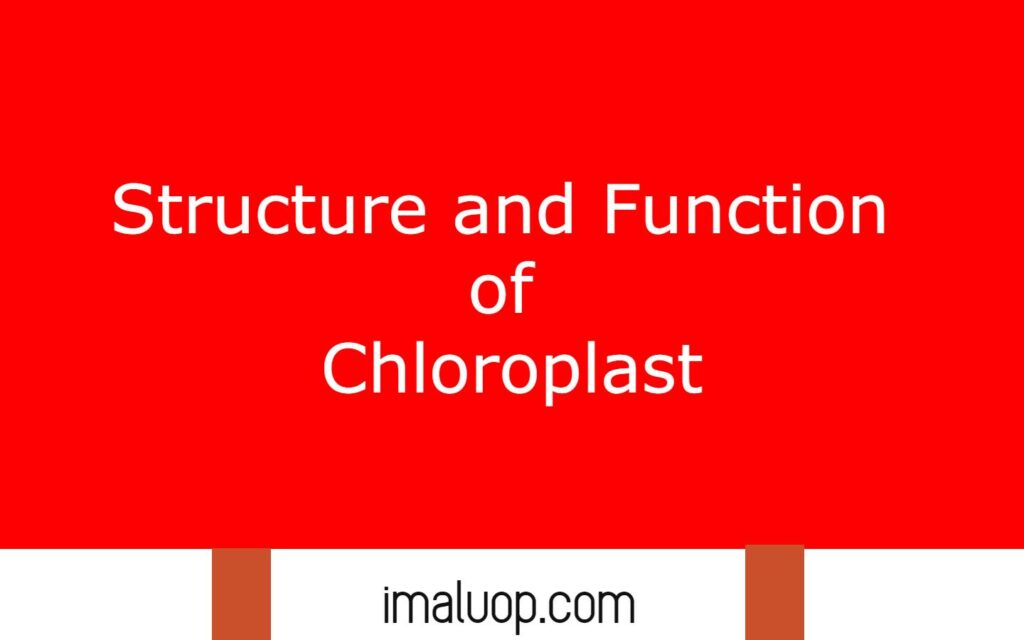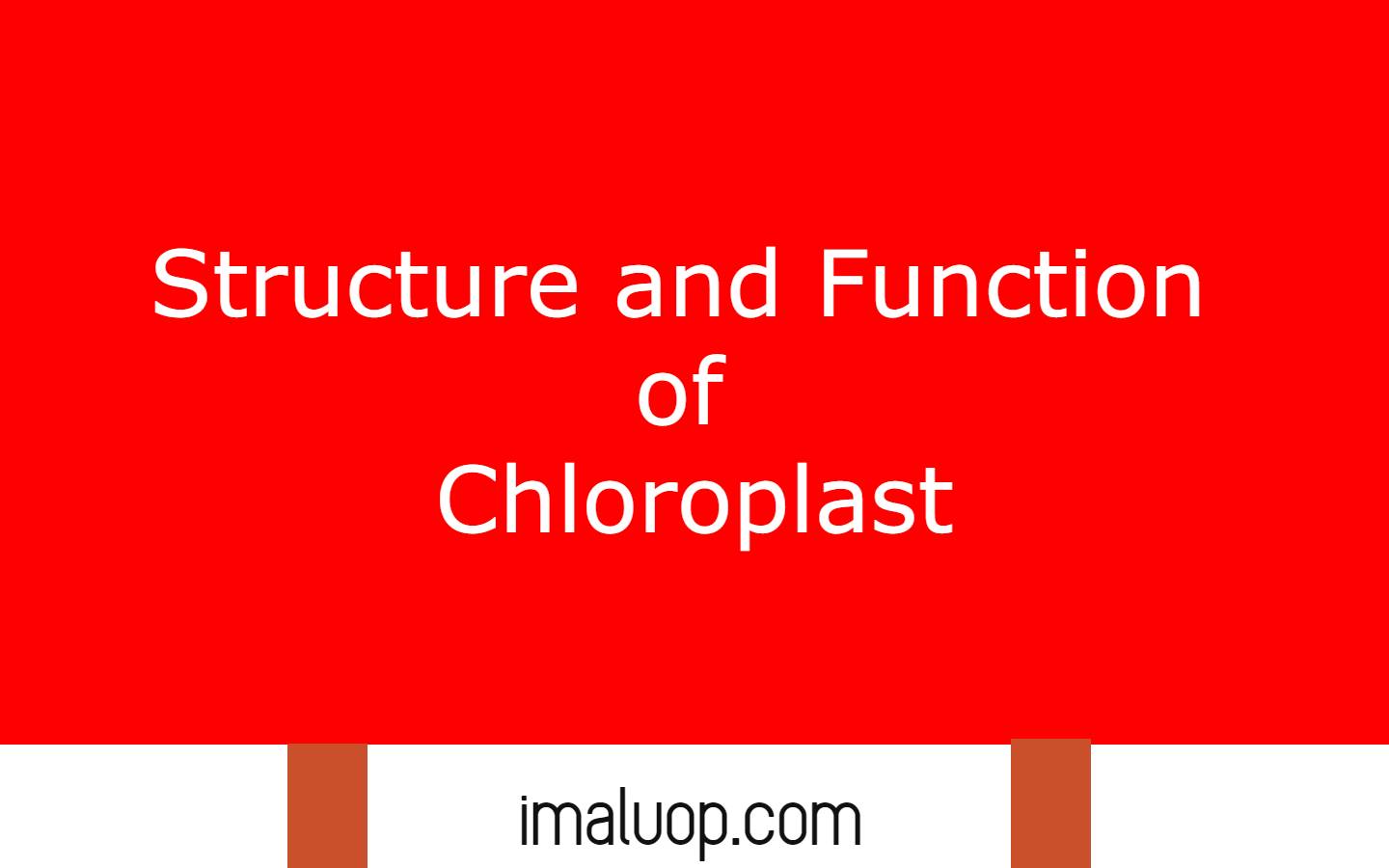We already discussed various important cell organelles in a cell but now we are going to discuss a special cell organelles in green plants which make them able to produce their own food by the process of photosynthesis, structure and function of chloroplast.
Table of Contents
Basic Introduction About Chloroplast:
In our earth the life form we can see today was not possible if some major components in our environment were not present, for example green plants. The green plants are responsible for maintaining the food chain in our environment and the present day life form is also a result of the green plants and their special capacity of photosynthesis but in plant photosynthesis was also a result of a special cell organelles, chloroplast.
Chloroplast are responsible for producing the organic food materials and storing them (another type of plastid) in different forms and other members of the food chain are directly or indirectly dependent on the stored food in green plants.
Structure of Chloroplast:
In higher plants the mesophyll tissue in green part has chloroplast and the shape of chloroplast in plant cells are oval or biconvex and their dimensions are around 5 micrometres in diameter and around 2 micrometres in thickness.
It is a double membrane bound cell organelles in which the essential pigment of plant for utilising the solar energy, chlorophyll is present and the place between the two membranes is known as intermembrane space.
Inside the inner membrane the chloroplast has a homogeneous cytoplasm-like matrix known as stroma and some sac-like special structures are arranged in stack in the stroma of chloroplast.
Stroma:
The inner membrane of chloroplast separate the intermembrane space from others part of chloroplast and the inner membrane produce a chamber in chloroplast which is filled by alkaline, protein rich homogeneous cytoplasm like material in which other components of chloroplast like grana, thylakoid lamellae, DNA, ribosome, different types of enzymes are present.
Grana:
In the stroma of chloroplast different sac like structure know as thylakoid is arranged in stack or row which are known as grana and their membrane have a special pigment chlorophyll which can utilise the sunlight in photosynthesis and this green colored pigment give the plant green appearance.
In chloroplast stroma some flattened tubular structure interconnects between the grana present in the stroma and they are known as thylakoid lamellae and in a grana around 10-20 disk shaped thylakoids arrange in stack.

Function of Chloroplast:
- Chloroplast is the cell organelles in higher plants where the plant produces organic food by the process of photosynthesis because the chlorophyll present in the thylakoid membrane is responsible for performing the light dependent reaction of photosynthesis.
- The chloroplast traps sunlight due to the presence of chlorophyll and the solar energy is used to split water molecules during the light dependent reaction in photosynthesis which finally produce oxygen and we know that all organisms including green plants are dependent for oxygen to complete cellular respiration.
- All other members of food chain except the producer are directly or indirectly dependent on green plants for food and oxygen which is only possible due to the chloroplast of higher plants and the carbon dioxide need to be balanced with oxygen in atmosphere and green plants make it possible for their special cell organelles chloroplast.
- In chloroplast during light reaction ATP and NADPH is produced and this is possible due to the presence of chloroplast in thylakoid membrane and the ATP and NADPH is necessary for the light independent reaction of photosynthesis when the carbon dioxide received from the atmosphere is converted into organic carbon rich foods.
Read More: Structure and Function of Centrioles
Hi Everyone!!! Welcome to Imaluop. Imaluop always try to learn some new and he want to share to other people. Here we will try to learn various topics on Science, specially on Biological Sciences.
